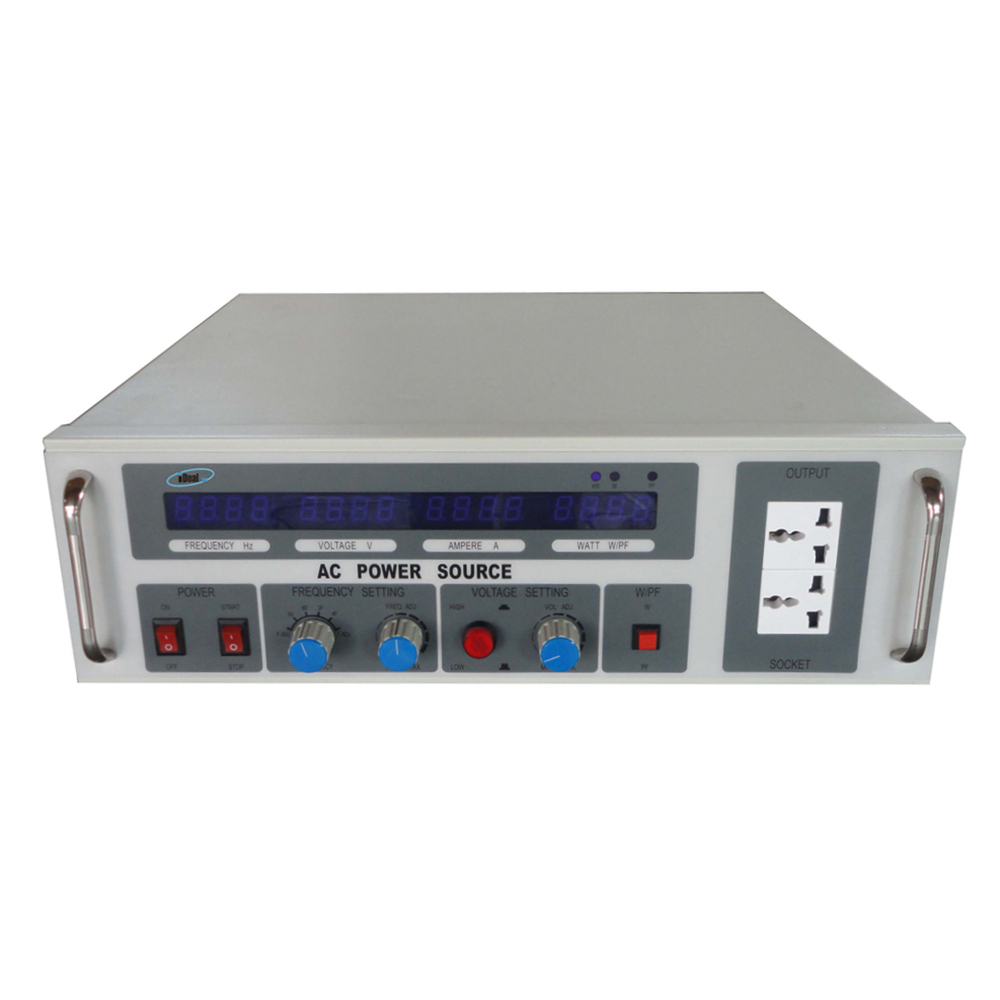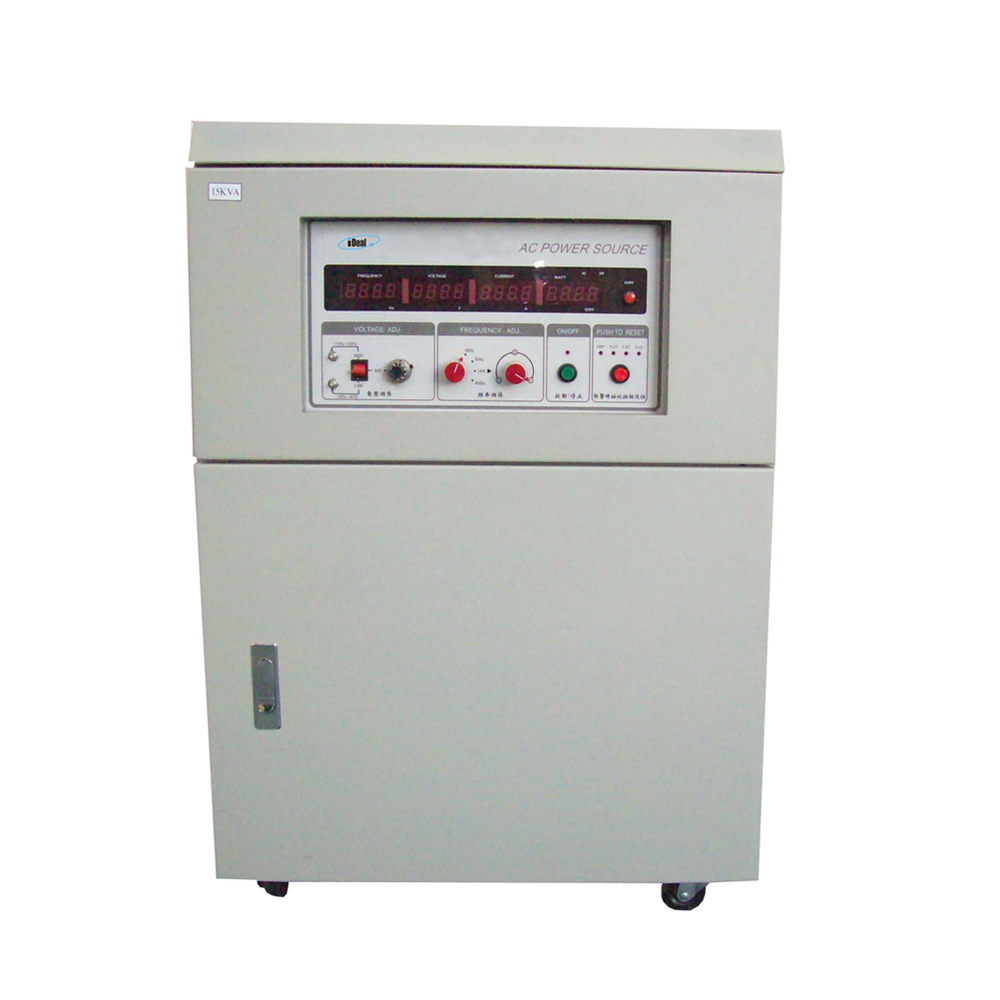First, the basic introduction of wire and cable
Wire and cable: It is usually made up of several or several sets of wires [at least two of each group], similar to ropes. Each set of wires is insulated from each other and often twisted around a center, and the entire outer bread has a highly insulating cover. It is mostly used to transmit, distribute, or transmit electrical signals.
Wire and cable mainly consists of the following four parts
1. Conductive core: Made of high conductivity material (copper or aluminum). Depending on the requirements of the laying conditions for the softness of the cable, each core may be stranded from a single wire or multiple wires.
2. Insulation: The insulating material used as the cable should have a high insulation resistance. Commonly used insulating materials in cables are oil-impregnated paper, polyvinyl chloride, polyethylene, cross-linked polyethylene, and rubber.
3. Sealing sheath: Protect the insulated core from mechanical, moisture, moisture, chemicals, light, etc. For moisture-sensitive insulation, lead or aluminum extrusion seals are generally used.
4. Protective cover: used to protect the sealing sheath from mechanical damage. Generally, galvanized steel strip, steel wire or copper strip, copper wire, etc. are wrapped around the sheath (called armored cable), and the armor layer simultaneously acts as an electric field shield and prevents external electromagnetic wave interference. In order to avoid corrosion of the steel strip and steel wire by the surrounding medium, it is generally coated with asphalt or wrapped around the jute layer or extruded polyethylene or polyvinyl chloride sleeve.
Second, wire and cable specifications
Wire and cable specifications are the meaning of the representation of the number of cores and section dimensions of wires and cables. The complete naming of wires and cables is often complicated, so people sometimes use a simple name (usually a category name) in combination with the model specification instead of the full name, such as "low voltage cable" for all plastic insulated power of 0.6/1kV class. Cable . The type spectrum of the cable is relatively perfect. It can be said that as long as the standard model specifications of the wire and cable are written, the specific product can be specified.
Third, wire and cable application classification
(1) Classified by insulating materials, such as oil-impregnated paper insulated cables, PVC cables, and cross-linked polyethylene cables.
(2) According to the purpose, it is divided into power cables, communication cables and control cables . They are applied to power systems, information transmission systems, mechanical equipment, and instrumentation systems.
1. Power system
The wire and cable products used in the power system mainly include overhead bare wires, bus bars (bus bars), power cables (plastic cables, oil-paper cables (substantially replaced by plastic power cables), rubber cables, overhead insulated cables), and branch cables. (Replaces some busbars), magnet wires, and electrical equipment, wires and cables for power equipment.
2. Information transmission system
Wire and cable transmission system information for the main telephone cable, TV cable, electronic cables, radio frequency cables, fiber optic cables, data cables, wire, composite cable or other power communications and the like.
3. Mechanical equipment, instrumentation system
This part is used in almost all other products except for overhead bare wires, but mainly power cables, magnet wires, data cables, instrumentation cables, etc.
(3) Divided into five categories according to product classification
1. Bare wire and bare conductor products
The main features of this product are: pure conductor metal, no insulation and sheath layer, such as steel core aluminum stranded wire, copper-aluminum busbar, electric locomotive line, etc.; processing technology is mainly pressure processing, such as smelting, rolling, pulling System, stranding/tightening stranding, etc.; products are mainly used in suburbs, rural areas, user main lines, switch cabinets, etc.
2, power cable
The main features of this type of product are: extrusion (winding) insulation on the outer conductor, such as overhead insulated cable, or stranding (corresponding to the phase, neutral and ground of the power system), such as overhead insulated cables with two cores or more , or add a jacket layer, such as plastic / rubber sheathed wire and cable. The main process technologies include drawing, stranding, insulation extrusion (winding), cable-forming, armoring, and sheath extrusion. The different process combinations of various products have certain differences.
The products are mainly used for transmission of strong electric energy in the transmission, distribution, transmission, transformation and power supply lines. The current passing through is large (tens of amps to several thousand amps) and the voltage is high (220V to 500kV and above).
3. Wire and cable for electrical equipment
The main features of this type of product are: wide variety of specifications, wide application range, use voltages of 1kV and below, and new products such as fire-resistant cables, flame-retardant cables, low-smoke halogen-free/low Smoke low halogen cable, termite resistant, mouse cable, oil/cold resistant/temperature resistant/wear resistant cable, medical/agricultural/mineral cable, thin wall wire, etc.
4, communication cable and fiber
From the simple telephone telegraph cable in the past to thousands of pairs of cable, coaxial cable, optical cable, data cable, and even a combination of communication cables. The structure size of such products is usually small and uniform, and the manufacturing precision is high.
5, electromagnetic wire (winding wire)
Mainly used in various motors, instruments and so on.
What is the difference between wires and cables?
In fact, there are no strict boundaries between "wires" and "cables." Generally, a product with a small number of cores, a small product diameter, and a simple structure is called a wire, a non-insulated wire is called a bare wire, and the other is called a cable; a conductor having a large cross-sectional area (greater than 6 square millimeters) is called a large wire. Small (less than or equal to 6 square millimeters) is called a small wire, and insulated wire is also called a wire. However, with the expansion of the scope of use, many varieties have "cables in the line" and "cable in the cable." So there is no need to make a strict distinction. In daily habits, people call household wire as a wire and power cable as a cable.
The wire consists of one or a few soft wires, and the outer bread is made of a soft protective layer; the cable is made up of one or several insulated wire and is covered with a tough outer layer made of metal or rubber. Cables and wires are generally composed of three components: a core wire, an insulating sheath and a protective sheath.
Inversion DC - AC Power Supplies
IPS series DC - AC inversion power supplies are new generation of power dedicated AC Power Supplies for power system applications. It is mainly designed and manufactured according to the characteristics and requirements of power system.
This series of DC - AC power supplies can be divided into single-phase and three-phase AC power supplies according to the difference in the number of output phases. The output power of single-phase DC to AC power supplies ranges from 1KVA to 10KVA, and the output power of three-phase DC to AC power supplies ranges from 15KVA to 60KVA. The output voltage is divided into single-phase 220Vac and three-phase 380Vac with 50Hz fixed frequency output.


This series of AC inversion power supplies are featured for high precision, stable output, high display resolution, low waveform distortion, etc., at the same time, it has complete protection functions and a friendly and convenient operation panel, which is suitable for high-quality and high-reliability AC equipment requirements.
Now, the inversion AC power supplies are widely used in power system communication, carrier, monitoring, relay protection and humidity lighting, and can also provide uninterrupted power for AC lubricating pumps, AC fans, and water pumps in power plants. And it is widely used in various fields such as aerospace, financial system, office automation control, medical and health, military scientific research and so on.
DC - AC Power Supplies, AC Inversion Power Supplies, Inversion AC Power Supplies, DC to AC Power Supplies, Inversion AC Power Source
Yangzhou IdealTek Electronics Co., Ltd. , https://www.idealtekpower.com



